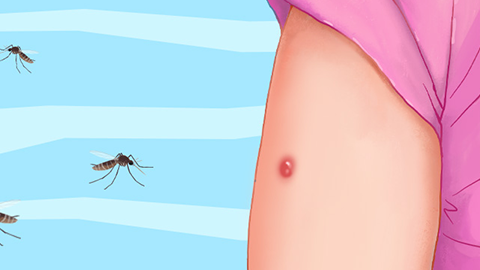What to do if stung by a wasp
Generally, if stung by a wasp, you should immediately leave the swarm, remove the stinger, wash the wound, apply a cold compress, and seek medical treatment. It is recommended to go to the hospital promptly for examination and receive symptomatic treatment under a doctor's guidance. The detailed management steps are as follows:

1. Leave the swarm immediately
Wasps release pheromones when threatened, which attract other wasps to attack. Therefore, after being stung by a wasp, it is important to quickly move away from the swarm to avoid further stings.
2. Remove the stinger
After being stung by a wasp, under a doctor's guidance, gently scrape off the stinger from the skin using a fingernail or a credit card-like object. Avoid squeezing it with your fingers to prevent the release of more venom.
3. Wash the wound
Wash the sting area with warm water and soap to help remove bacteria around the wound and prevent infection. Cleaning the wound can remove surface venom and debris, reducing the risk of infection.
4. Apply a cold compress
The patient may apply an ice pack or a cold towel to the affected area to relieve pain and swelling. Cold compresses can be repeated multiple times and help reduce capillary dilation and blood flow, thereby slowing down the spread of venom.
5. Medication
Some individuals are allergic to components of wasp venom, which can cause worsening symptoms such as redness, swelling, itching, and pain. If the pain is severe or an allergic reaction occurs, seek medical attention promptly and follow medical advice to take medications, such as Cetirizine Hydrochloride Tablets, Loratadine Tablets, or Ebastine Tablets.
When going outdoors, preventive measures should be taken. Avoid disturbing wasps during outdoor activities as much as possible to reduce the risk of being stung.





